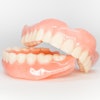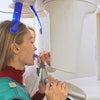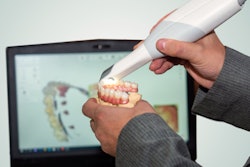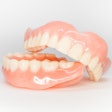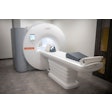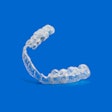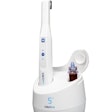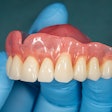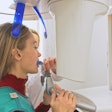The use of a dynamic computer navigation system to assist in single dental implant placement provided "satisfactory results" in a recent preclinical trial. All 20 implants placed in artificial jaws were within the range of clinical acceptance. Read more about the study and how dynamic systems are becoming more feasible for the clinic in this edition's Insider Exclusive.
Also new in the CAD/CAM Community, a patient with head and neck cancer received the first 3D-printed titanium lower jaw in a successful operation. The jaw was reconstructed based on the patient's images. The operation follows four years of research led by head and neck surgeons.
When it comes to the accuracy of digital scans for complete onlay restorations, preparation design and the type of intraoral scanner used to capture the images matter. Researchers investigated the effect that onlay preparation and intraoral scanning devices have on the accuracy of digital scans.
Researchers recently compared the clinical outcome of one digital dentures system with that of conventional dentures. At the end of the observation period, there were no significant differences. While digital systems may involve fewer visits, the lack of customization left many patients ineligible for the trial.
Finally, code what you do is the rule. If it isn't in the notes, it didn't happen. Before you consider coding for reimbursement from insurance plans, you must know how inlays, onlays, and three-quarter crowns are defined in the ADA's Current Dental Terminology book. Coding expert Estela Vargas shares eight tips to help increase your chances of getting paid.
